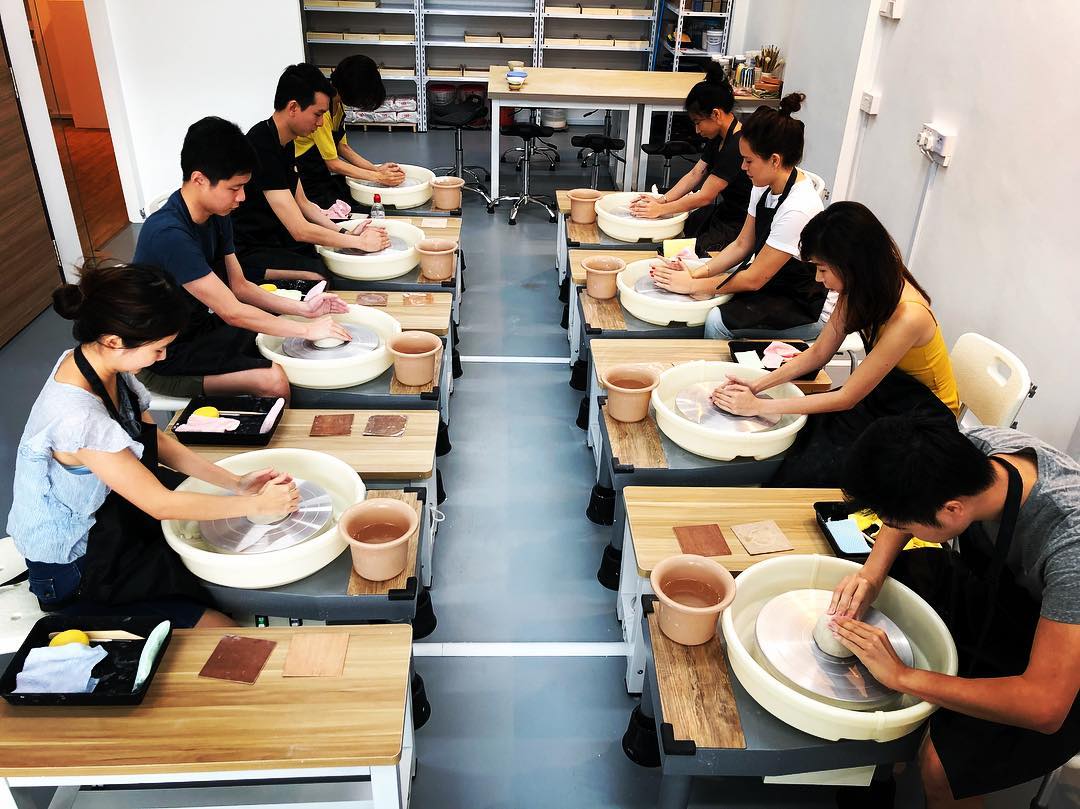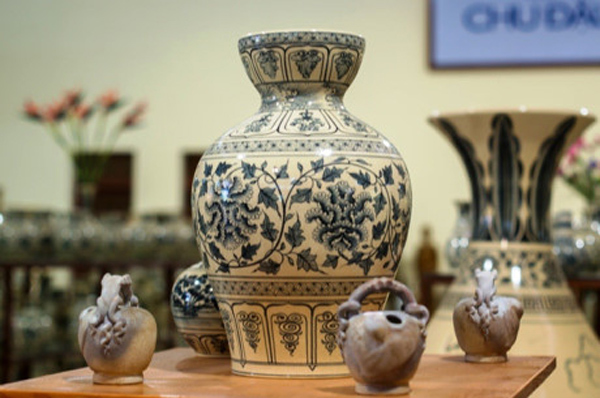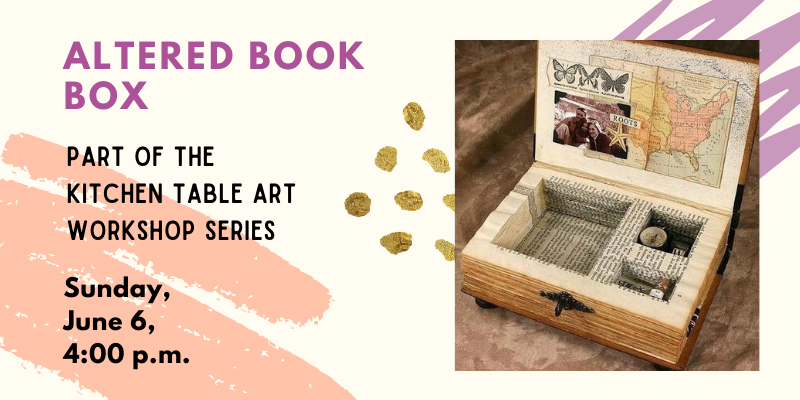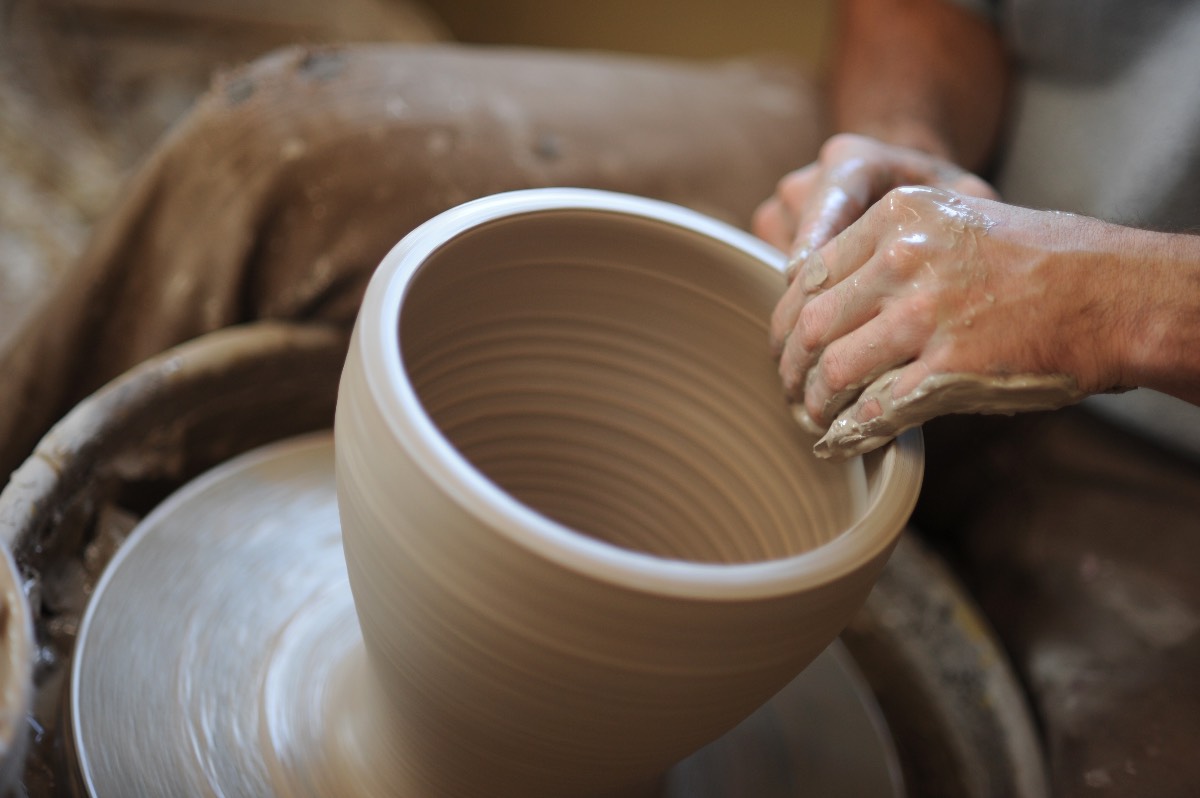The use of ceramics in food culture dates back to ancient civilizations, where they were used to store, serve, and even cook food. As time passed, the role of ceramics in the kitchen and on the table has evolved, shaping the way we eat and appreciate food. From the traditional clay pots used in cooking to the intricate and decorative pieces seen on dining tables, ceramics have become an integral part of food culture. Let's take a journey from the kitchen to the table and explore the fascinating connection between ceramics and food culture.From Kitchen to Table: The Evolution of Ceramics and Food Culture
As the art of pottery developed, so did its use in the kitchen. In ancient times, there were no refrigerators or plastic containers, so clay pots were used to store and preserve food. The porous nature of clay allowed for natural air circulation, keeping food fresh and preventing spoilage. This played a significant role in the development of food culture, as people were able to preserve food for longer periods, enabling them to travel and trade with other communities.From Kitchen to Table: The Intersection of Ceramics and Food Culture
The use of ceramics in cooking also gave rise to new dishes and cooking techniques. For example, the tagine, a traditional Moroccan dish, is cooked and served in a clay pot with a cone-shaped lid. The lid traps steam, creating a moist cooking environment that infuses the food with flavor. This method of cooking has become synonymous with Moroccan cuisine, and the tagine has become a symbol of the country's food culture.Ceramics and Food Culture: A Journey from Kitchen to Table
As civilizations advanced, so did the art of pottery. Different types of clay, glazes, and firing techniques were developed, giving rise to a variety of ceramic dishes and serving pieces. These pieces not only served a functional purpose but also became a way to display wealth and social status. Elaborately decorated plates, bowls, and serving platters were used to showcase the food being served, elevating the dining experience. This tradition continues today, with many cultures having specific ceramic dishes and serving pieces for certain meals or occasions.The Role of Ceramics in Shaping Food Culture from Kitchen to Table
The use of ceramics in food culture is not limited to just cooking and serving. It also plays a vital role in the presentation and enjoyment of food. The texture and color of ceramic dishes can enhance the appearance of food, making it more appealing to the eye. It also adds a tactile element to the dining experience, with the smoothness of the glaze and the weight of the dish adding to the overall sensory experience.From Kitchen to Table: Exploring the Connection between Ceramics and Food Culture
One cannot talk about the intersection of ceramics and food culture without mentioning the art of table setting. The use of carefully selected ceramic dishes and serving pieces can transform a simple meal into an elegant dining experience. From fine china to rustic stoneware, the type of ceramics used can also reflect the cultural influences and traditions of a particular cuisine. For example, Japanese food is often served on minimalist and delicate ceramic dishes, which are a reflection of their culture's appreciation for simplicity and beauty.Ceramics and Food Culture: A Visual Journey from Kitchen to Table
The influence of ceramics on food culture goes beyond just aesthetics and functionality. In many cultures, certain dishes and serving pieces hold symbolic meaning and are used in religious or cultural ceremonies. For example, in Chinese culture, bowls and spoons made of porcelain are used in a ritual to honor ancestors and offer food to the spirits. These traditions and customs have been passed down for generations, further cementing the connection between ceramics and food culture.From Kitchen to Table: The Influence of Ceramics on Food Culture
Throughout history, ceramics have been an essential part of food culture, and its evolution has been closely intertwined with the development of different cuisines. The study of ceramic artifacts has even given insight into the types of food and cooking techniques used in different time periods. For example, the discovery of ancient ceramic pots with traces of spices and herbs has provided evidence of the types of food and flavors used by our ancestors.Ceramics and Food Culture: A Historical Perspective from Kitchen to Table
Ceramics are not just functional objects; they are also works of art. The craftsmanship and skill required to create intricate and delicate ceramic pieces are unmatched, and this art form has a significant influence on food culture. The beauty and uniqueness of ceramic dishes and serving pieces can enhance the overall dining experience, making it more memorable and enjoyable.From Kitchen to Table: The Art of Ceramics and its Impact on Food Culture
Lastly, the use of ceramics in food culture is a reflection of different cultures and their traditions. From the vibrant and colorful ceramics of Mexico to the delicate and refined porcelain of China, each culture has its own unique style and techniques. The incorporation of these cultural influences in the kitchen and on the table adds to the diversity and richness of food culture around the world. In conclusion, the journey from the kitchen to the table is incomplete without the presence of ceramics. From its humble beginnings as a means of storing and cooking food, ceramics have become an integral part of food culture, shaping the way we eat, present, and appreciate food. Its evolution and influence on food culture will continue to evolve, further cementing its importance in our culinary traditions.Ceramics and Food Culture: A Cultural Exploration from Kitchen to Table
The Role of Ceramics in Enhancing Food Culture

The Perfect Blend of Functionality and Aesthetics
 Ceramics have been an integral part of human civilization for centuries, serving both functional and decorative purposes. From ancient civilizations to modern households, ceramics have played a crucial role in enhancing the beauty and functionality of various objects, including kitchenware. In recent times, with the rise of food culture and the increasing importance given to presentation and aesthetics, the demand for
ceramic kitchenware
has also grown significantly.
Ceramics have been an integral part of human civilization for centuries, serving both functional and decorative purposes. From ancient civilizations to modern households, ceramics have played a crucial role in enhancing the beauty and functionality of various objects, including kitchenware. In recent times, with the rise of food culture and the increasing importance given to presentation and aesthetics, the demand for
ceramic kitchenware
has also grown significantly.
Bringing Art to the Table
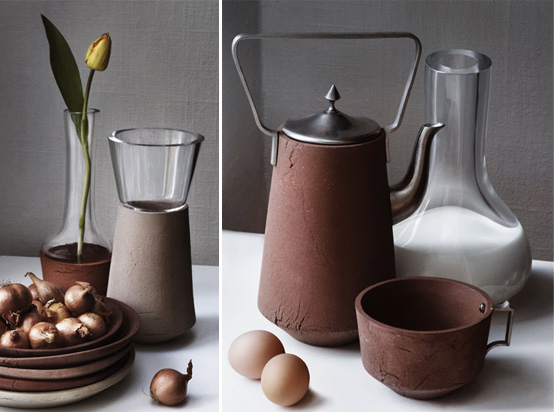 In the past, the kitchen was considered a utilitarian space where food was prepared and served without much thought given to its presentation. However, with the emergence of food culture, the kitchen has transformed into a space for creativity and self-expression. The use of
ceramic tableware
has become a popular way to add an artistic touch to the dining experience. With its various shapes, colors, and textures, ceramics have the ability to elevate any dish and make it visually appealing.
In the past, the kitchen was considered a utilitarian space where food was prepared and served without much thought given to its presentation. However, with the emergence of food culture, the kitchen has transformed into a space for creativity and self-expression. The use of
ceramic tableware
has become a popular way to add an artistic touch to the dining experience. With its various shapes, colors, and textures, ceramics have the ability to elevate any dish and make it visually appealing.
Preserving Tradition and Heritage
 Ceramics are deeply rooted in cultural traditions and have been passed down from generation to generation. In many cultures, certain dishes are only prepared and served in specific types of
ceramic serveware
, which adds a sense of tradition and heritage to the dining experience. By incorporating ceramics into our food culture, we not only preserve our cultural heritage but also pay homage to the skilled artisans who have been creating these pieces for centuries.
Ceramics are deeply rooted in cultural traditions and have been passed down from generation to generation. In many cultures, certain dishes are only prepared and served in specific types of
ceramic serveware
, which adds a sense of tradition and heritage to the dining experience. By incorporating ceramics into our food culture, we not only preserve our cultural heritage but also pay homage to the skilled artisans who have been creating these pieces for centuries.
Connecting People through Food and Design
 Food is a universal language that brings people together, and the same can be said for design. The use of ceramics in our food culture creates a bridge between different cultures and communities. It allows us to appreciate the beauty and diversity of different artistic styles and techniques used in creating these pieces. In a world where we are often divided, the use of
ceramics in food culture
can serve as a unifying force, bringing people together to share a meal and appreciate the beauty of design.
In conclusion, the use of ceramics in the kitchen and on the dining table goes beyond mere functionality. It is a way to express creativity, preserve tradition, and connect with others. With its timeless beauty and versatility, ceramics will continue to play a significant role in enhancing food culture for generations to come.
Food is a universal language that brings people together, and the same can be said for design. The use of ceramics in our food culture creates a bridge between different cultures and communities. It allows us to appreciate the beauty and diversity of different artistic styles and techniques used in creating these pieces. In a world where we are often divided, the use of
ceramics in food culture
can serve as a unifying force, bringing people together to share a meal and appreciate the beauty of design.
In conclusion, the use of ceramics in the kitchen and on the dining table goes beyond mere functionality. It is a way to express creativity, preserve tradition, and connect with others. With its timeless beauty and versatility, ceramics will continue to play a significant role in enhancing food culture for generations to come.










/GettyImages-96503333-ecf9ab6a243a468385d4bebba92cc5d7.jpg)





























/plates--dishes--bowls-and-vase-arrangement-1191010408-22d8e3b8fb1d4cb48394f92029f6bbbf.jpg)


